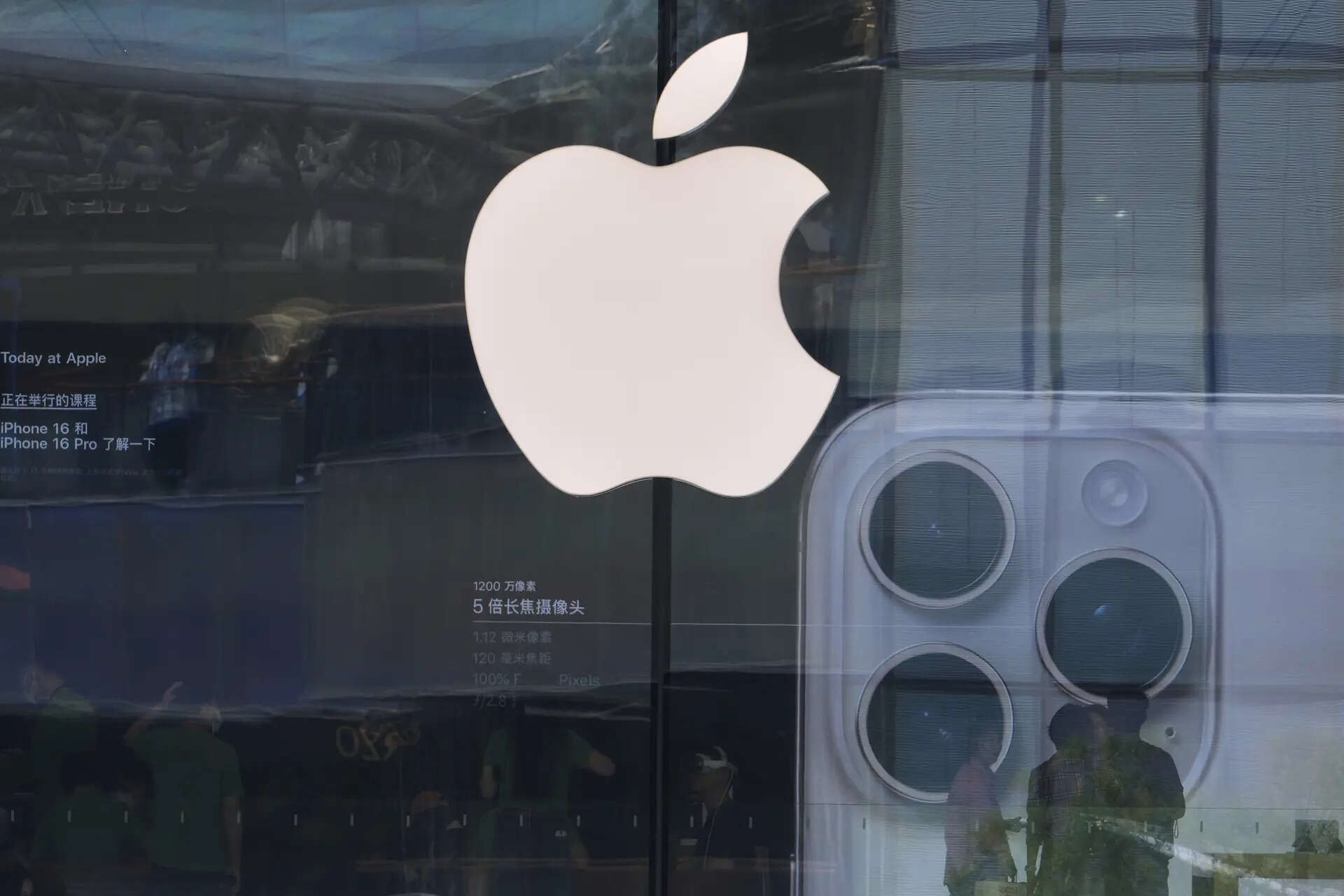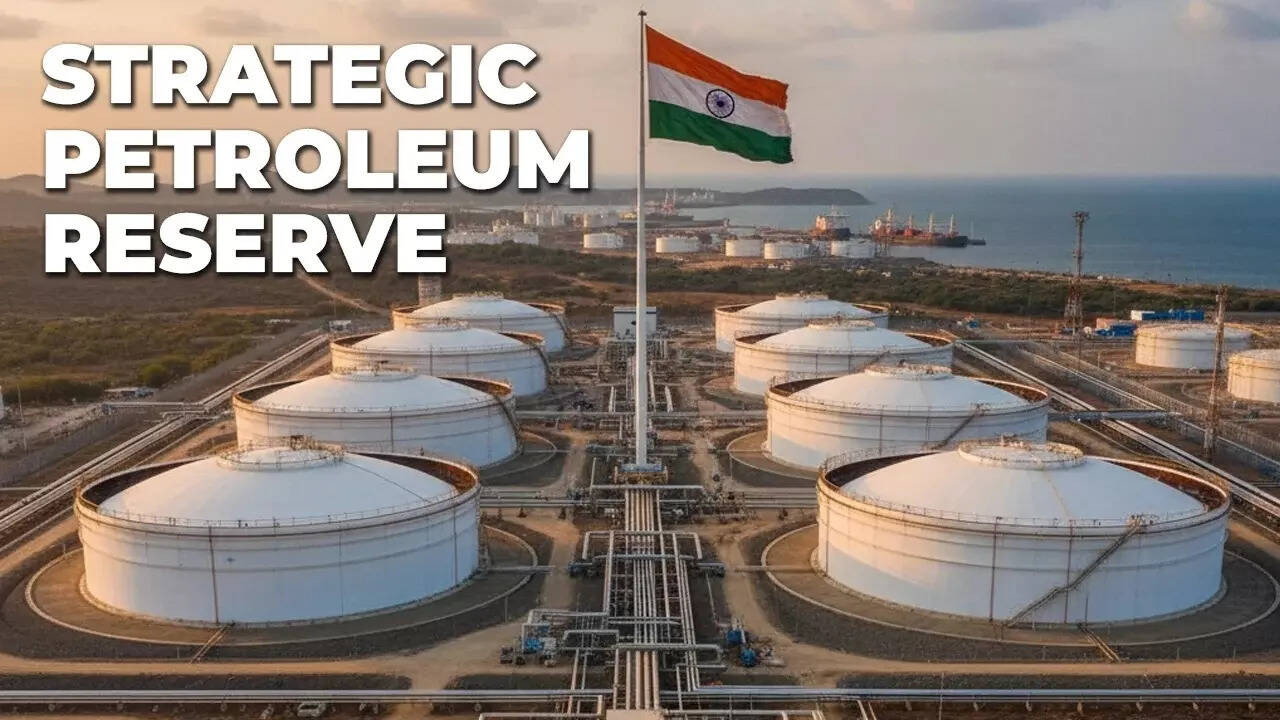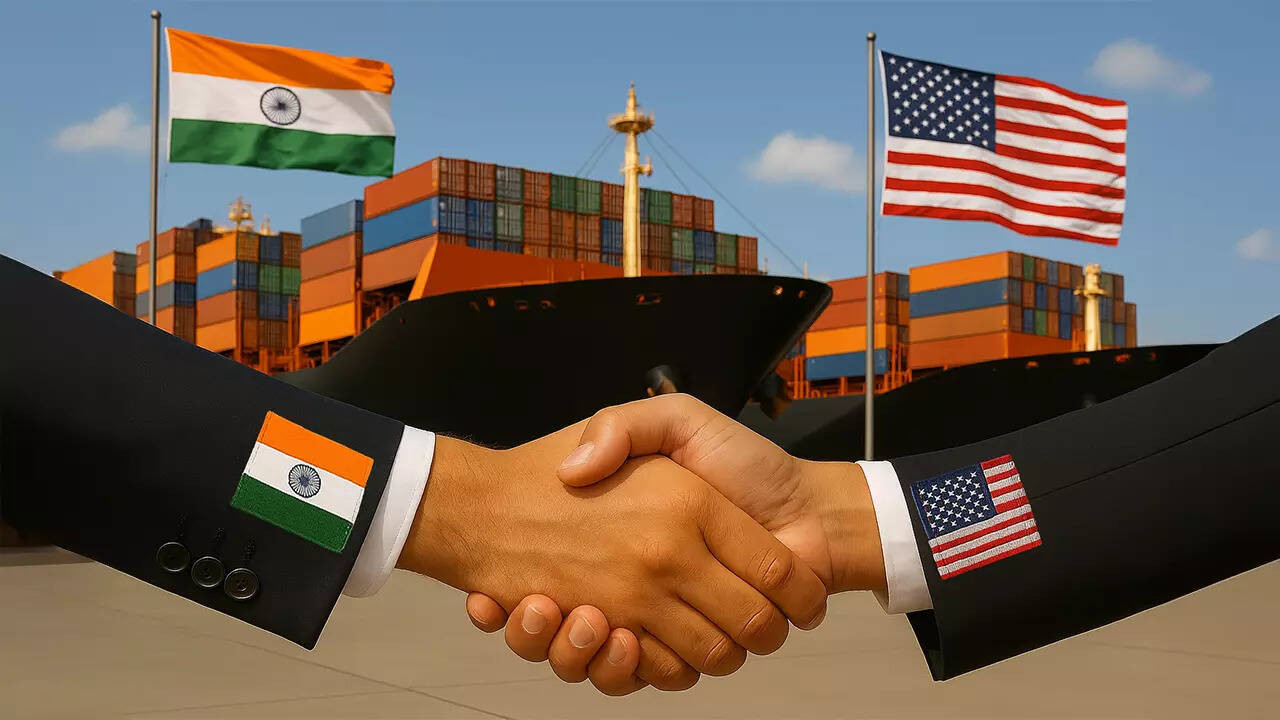The Global Trade Research Initiative suggests that manufacturing iPhones in India remains financially advantageous for Apple, even with a potential 25% US tariff. Lower labor costs in India, around $230 per month compared to $2,900 in the US, significantly reduce assembly expenses.
Apple’s Indian Tango: Tariffs, Temptation, and the “Make in India” Dream
Okay, picture this: Apple, the tech titan, waltzing across the global stage, and India, a rising economic powerhouse, extending a hand for a Make in India tango. It sounds like a potentially beautiful partnership, right? But, like any good dance, there are a few tricky steps to navigate. Especially when a certain former president decides to throw a tariff-shaped wrench into the choreography.
Recently, the whispers surrounding Apple’s manufacturing strategies have grown louder, particularly in the wake of Donald Trump’s proposed 25% tariff on imported electronics. This isn’t some vague threat; it’s a serious shot across the bow aimed at companies manufacturing goods in countries like China and exporting them to the U.S. And given Apple’s deep reliance on Chinese manufacturing, well, you can imagine the furrowed brows in Cupertino.
So, the big question is this: Will Apple double down on its existing “Make in India” strategy, or will the tariff headwinds push them to reconsider? My take? The smart money’s on Apple staying put, and here’s why.
First, let’s acknowledge the obvious: India represents a massive untapped market for Apple. We’re talking about a billion-plus potential customers, many of whom are increasingly affluent and hungry for the latest tech. For years, Apple has been playing catch-up in India, battling against more affordable Android rivals. Building a solid manufacturing base in India allows them to bypass hefty import duties, making iPhones more accessible (read: cheaper) to the Indian consumer. Think of it as unlocking a whole new level in the global game.
But it’s more than just market access. India’s evolving into a serious manufacturing hub in its own right. Forget the outdated image of India solely as a service-based economy. The Make in India initiative has injected a surge of energy and investment into the manufacturing sector. The government’s offering incentives, streamlining regulations, and investing heavily in infrastructure, making India increasingly attractive for global players like Apple.
Then there’s the undeniable advantage of diversification. Relying solely on China for manufacturing, even for a giant like Apple, is a risky proposition. Geopolitical tensions, trade wars, and even global pandemics have highlighted the vulnerability of concentrated supply chains. Spreading manufacturing across different geographies, including India, provides a crucial safety net. Think of it as not putting all your golden apples in one basket.
Now, let’s address the elephant in the room: the tariff. Yes, a 25% tariff is a significant hit. It throws a spanner in the works for any company exporting goods manufactured in China to the U.S. But Apple’s decision-making is rarely knee-jerk. They’re playing a long game. They understand that political landscapes shift, trade policies evolve, and the cost of pulling up stakes and relocating manufacturing is astronomical. Plus, betting on Trump’s policies staying in place indefinitely is a gamble most businesses wouldn’t want to take.
Furthermore, Apple’s already invested significant resources in building its manufacturing presence in India. They’ve partnered with local manufacturers like Foxconn and Wistron, creating jobs and contributing to the local economy. Walking away from that now would mean abandoning those investments and forfeiting the goodwill they’ve built up.
Of course, the path isn’t without its hurdles. India’s manufacturing ecosystem isn’t as mature or efficient as China’s, yet. Challenges related to logistics, infrastructure, and regulatory compliance remain. Apple will need to work closely with the Indian government and its manufacturing partners to address these issues and further streamline operations. This is a marathon, not a sprint.
But the potential rewards are simply too great to ignore. A robust manufacturing base in India not only allows Apple to better serve the Indian market but also positions them to potentially export iPhones to other regions in the future. They could become a key player in the global supply chain, reducing their dependence on China and mitigating the impact of future trade disruptions.
Ultimately, Apple’s decision will be a complex one, weighing the immediate impact of the tariff against the long-term strategic benefits of its Make in India strategy. But considering the enormous potential of the Indian market, the government’s commitment to promoting domestic manufacturing, and the increasing need for supply chain diversification, the smart money is on Apple sticking with the tango. And who knows, maybe this dance will lead to a truly beautiful, and profitable, partnership. The music’s just getting started.
📬 Stay informed — follow us for more insightful updates!



